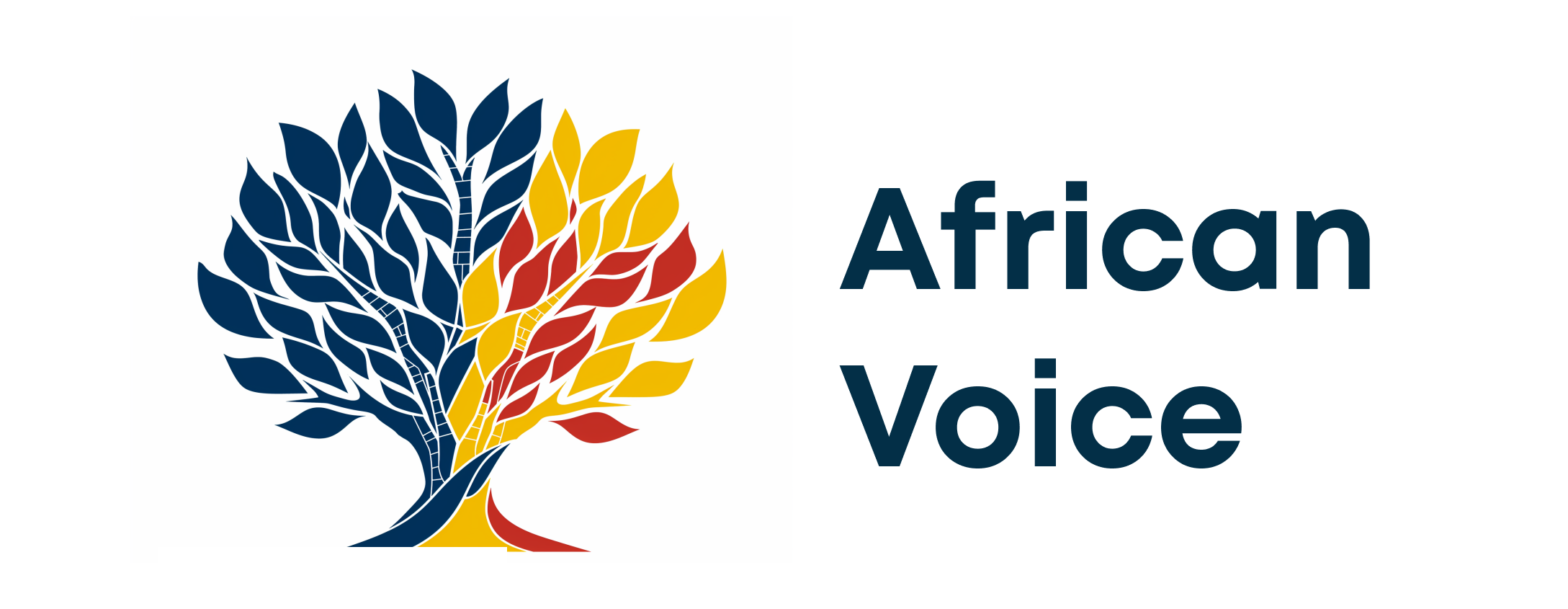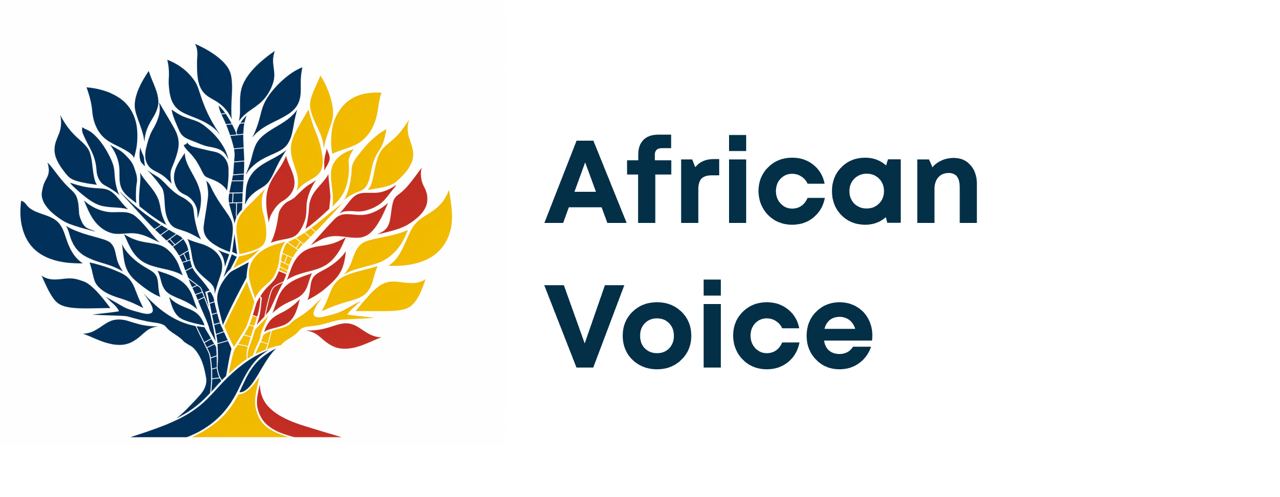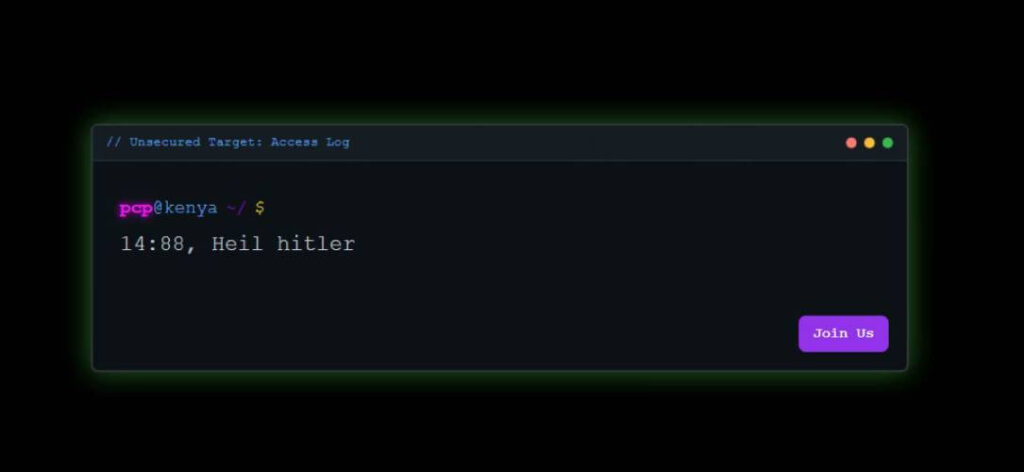Health Cabinet Secretary Aden Duale has said several containers bearing tobacco laced with dangerous drugs imported into the country by “big people” have been seized.
Mr Duale told the National Assembly Committee on Delegated Legislation that corruption is the weakest link in the fight against illegal substances, coupled with people abusing the judicial system.
The CS also proposed stringent laws to regulate tobacco use and presented to the committee the Graphic Health Warnings for Tobacco Products for tabling in line with the Statutory Instruments Act (Cap. 2А).
“The 2025 graphic health warnings are designed to address the current and emerging nicotine and tobacco products that were not covered by the previous sets of warnings, which we had,” the CS said.
Duale said corruption has seen harmful substances brought in, noting that the regulations will address the majority of challenges in the sector, which ultimately destroys young people.
“Right now, as I speak to you, there are containers I have seized and directed they should not be released because after engaging the government chemist for forensic audit, the narcotic team at the Directorate of Criminal Investigations have confirmed to me in writing that these substances contain dangerous drugs against what the importer is saying,” he said.
The CS said that many harmful products, which are not regulated, have been brought and when he took a move, people went to court to seek an injunction, coming in the way of reforming the sector.
“But that does not stop me. We have public health officers at the point of entry because we have said we will not allow harmful products. There are some connected to very powerful people in the country, and there is a lot of unregulated stuff in the name of tobacco. That is why we see many of our young people fall victim, so we are under an obligation to protect the next generation,” Duale said.
But Committee Chairman and Ainabkoi MP Samuel Chepkonga sought an explanation on why the ministry cannot just destroy the dangerous substances, and whether the CS must go to court every time he wants to take that move.
“Since you have concluded that these are very dangerous products, what prevents you from destroying them, because we can accompany you in this?” Chepkonga wondered.
But Duale responded: “I am the first Minister who destroyed 5.5 tons in Moi Teaching and Referral Hospital in Eldoret and another in Mombasa after obtaining consent from the courts, so I am destroying and will continue to destroy more.”
He said the destruction necessitated the introduction of fresh legislation, since some individuals moved to court to stop the process.
“The weakest link after corruption is that there are people who have abused our judicial system. When I said I want to clean and weed out those bringing dangerous products, somebody went to court to stop… and you know they have a lot of money,” he said.
Duale said in 2007, Kenya domesticated the World Health Organization Framework Convention on Tobacco Control (WHO-FCTC) through the enactment of the Tobacco Control Act (Cap. 245A) for purpose of controlling production, manufacture, sale, labelling, advertising, promotion and sponsorship of tobacco products, to provide for the Tobacco Control Board, to regulate smoking in specified areas and for connected purposes.
Stay informed. Subscribe to our newsletter
The CS also said Section 21(2) of the Act requires every package containing a tobacco product to have at least two warning labels of the same health messages, in English and Kiswahili.
It should comprise not less than 30 per cent of the surface area of the front panel and 50 per cent of the total surface area of the rear panel, and both are located on the lower portion of the package directly underneath the cellophane or other clear wrapping.
Similarly, he said labels should bear the word ‘warning’ appearing in capital letters and all text should be in conspicuous and legible 17-point type, unless the text of the label statement would occupy more than 70 per cent of such area, in which case the text may be of a smaller but conspicuous type size, provided that at least 60 per cent of such area is occupied by the required text.
“The labels should bear text that is black on a white background or white on a black background in a manner that contrasts by typography, layout or colour with all other printed material on the package,” Duale said.
He stated: “Section 21(4) of the Act subsequently mandates the Cabinet Secretary for Health to, by notice in the Gazette, prescribe that the warning required under Section 21(2) be in the form of pictures or pictograms.”
It is against this backdrop that Duale said he has developed and published the Graphic Health Warnings for Tobacco Products vide Legal Notice No. 107 of 12th June, 2025.
In exercising the powers conferred by section 21(4) of the Tobacco Control Act, the Cabinet Secretary for Health has since prescribed pictures and pictograms set out, to be the form in which the warning labels required under section 21 of the Act shall appear.
The notice will come into operation upon expiration of nine months from the date of publication. With the graphics, the CS said they are seeking to increase awareness of the health risks associated with tobacco and nicotine use, deter initiation of tobacco use, particularly among young people, reduce consumption, encourage cessation among users, in addition to decreasing the number of people using more tobacco and nicotine.
Director General in Health, Dr Patrick Amoth, said the Ministry has moved towards this direction to alert on the dangers posed by tobacco and other tobacco products, also in tandem with what has been happening globally, imposing stringent regulations regarding use.
“Tobacco is one of the substances that have been proven to be a risk factor for a variety of diseases, including cancer, chronic obstructive pulmonary disease, cardiovascular diseases like hypertension, and chronic renal diseases, among others.
He also said the move is informed by the fact that non-communicable diseases in the country are increasing, and by 203, they are going to outpace communicable diseases, which is just five years away.
Amoth said studies have shown dire consequences of tobacco use, including putting pregnant mothers who smoke at risk of having preterm delivery, infertility, erectile dysfunction and hypertension, among others.
Duale said tobacco is one of the biggest public health threats in the world today, noting it kills about 8 million people globally, including 1.2 million deaths from exposure to second-hand smoke.

























